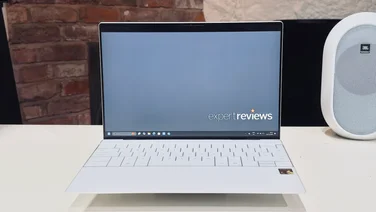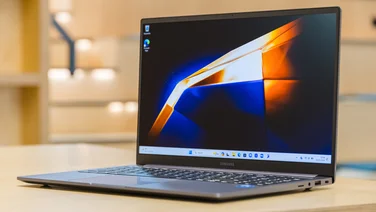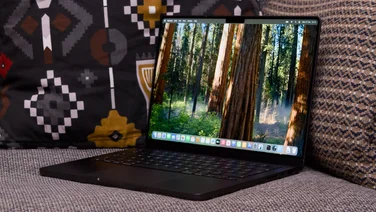To help us provide you with free impartial advice, we may earn a commission if you buy through links on our site. Learn more




Sony’s imposing F-series Vaios certainly stand out from the crowd; the unique-looking chassis has an incredibly chunky screen that’s thicker than some ultra-portables we’ve reviewed in the past. When we saw the first version, we thought this was less of a design choice and more because the display was 3D-enabled, but it has remained unchanged for this refreshed 2D model.

With a matt finish that diffuses reflections, image quality is quite good. The Full HD 1,920×1,080 resolution is huge for the 16.4in display: we had to increase the default font size in Windows to make things easily readable. However, the extra pixels meant images looked incredibly sharp, if a little muted due to the lack of a glossy finish. Contrast was reasonable and viewing angles were surprisingly good, but the position of the screen hinges mean there’s not a lot of screen tilt.

Powering the display is a mid-range Nvidia GeForce GT 540M graphics card. With 1GB of video memory, it has no trouble playing Full HD video and was also powerful enough for some gaming. Our Dirt 3 test may have run only at 720p, but because the test has 4x anti-aliasing enabled, a smooth 40fps is still impressive. Disable AA and most titles should play at 1080p, albeit at medium detail settings.
A good graphics card isn’t much use without a powerful processor to back it up, but thankfully Sony has delivered with a fast Intel Core i7-2630M. It’s usually clocked at 2GHz, but Turbo Boost can raise all four cores to 2.9GHz when required for some serious performance muscle. Paired with 8GB of RAM, it tore through our multimedia benchmarks with an overall score of 82; we can’t think of many desktop applications that will tax the F22M1E. Surprisingly, the battery lasted almost five and a half hours in our light-use test.
The backlit keyboard is full-size, including the keys on the numeric keypad, and was very comfortable to type on thanks to the raised wrist rest. The backlight turns on automatically when working in dim conditions thanks to an ambient light sensor, but there’s no shortcut key to turn it on and off. A smooth matt finish on the touchpad helped make mouse movement incredibly fluid. We disliked the single touchpad button, though: a noticeable dead spot in the centre made it occasionally frustrating to use.

Connectivity is average for a high-end laptop, with three USB ports, mini FireWire, a multi-format card reader and analogue audio inputs and outputs. Two of the USB ports support the faster USB3 standard, which will help speed up file transfers if you have compatible hardware.
Considering this is a laptop designed for multimedia, we were slightly disappointed with the average-sounding speakers. Although volume was reasonable and mid-range notes were clear, bass was missing and treble sounded slightly tinny. If you’re going to use the Blu-ray optical drive to watch movies, you’ll want to plug in a pair of headphones or better speakers.

We criticised the first version of the F-series for combining a Full HD 3D screen with a mid-range graphics card that couldn’t hope to produce solid frame rates when playing games; in this 2D model, however, it makes much more sense. We still aren’t enamoured with the chunky styling, but performance and usability are both excellent. However, with similarly equipped laptops from other manufacturers available for the slightly less, the F22M1E is only worth buying if you can find it cheaper.






